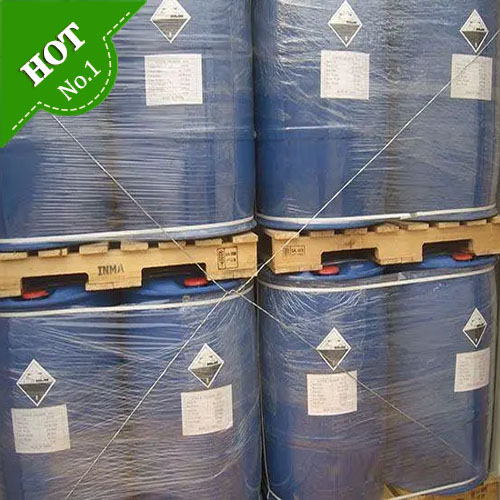Sodium Hydrosulphide Liquid
Chemical Name: Sodium Hydrosulphide Liquid
Molecular Formula: NaHS liquid
UN No.:2922
CAS NO.:16721-80-5
EMS No.:F-A,F-B
Model Number(Fe): 12ppm
Appearance: Yellow liquid
|
NaHS(%) |
32% min/40% min |
|
Na2s |
1% max |
|
Na2CO3 |
1%max |
|
Fe |
0.0020%max |
Packing Detail: IN 240kg plastic barrel, IN 1.2mt IBC drums, IN 22mt/23mt ISO tanks
Sodium hydrosulphide (NaHS) is an inorganic compound with the chemical formula NaHS. It is also sometimes called sodium hydrosulfide or sodium bisulfide. It is a white, crystalline or flaky solid that has a rotten egg smell. NaHS is highly soluble in water and is commonly used in various industrial applications.
Production:
NaHS is produced by the reaction of sodium carbonate with hydrogen sulfide gas. The reaction occurs in water to produce NaHS and carbon dioxide gas.
Na2CO3 + H2S → 2NaHS + CO2
Uses:
NaHS has a wide range of industrial applications, including:
1. Pulp and paper industry: NaHS is used as a pulping agent, helping to break down wood fibers.
2. Mining industry: NaHS is used as a flotation agent in metal ore processing.
3. Chemical industry: NaHS is used as a reducing agent in the production of organic and inorganic chemicals.
4. Textile industry: NaHS is used as a dye and textile auxiliaries.
5. Food industry: NaHS is used in the production of food additives.
Safety:
NaHS is a very strong reducing agent and is highly reactive. It is also very corrosive to metals and can cause burns to the skin, eyes, and respiratory system. Safety precautions must be taken when handling or using NaHS, including wearing protective equipment such as gloves, goggles, and respirators.
Storage and Handling:
NaHS should be kept in a cool, dry, and well-ventilated area away from heat, sunlight, and sources of ignition. It should be stored in a tightly sealed container made of a compatible material, such as glass or plastic. When handling NaHS, it is important to avoid contact with water and acids which can cause the release of toxic gases.



